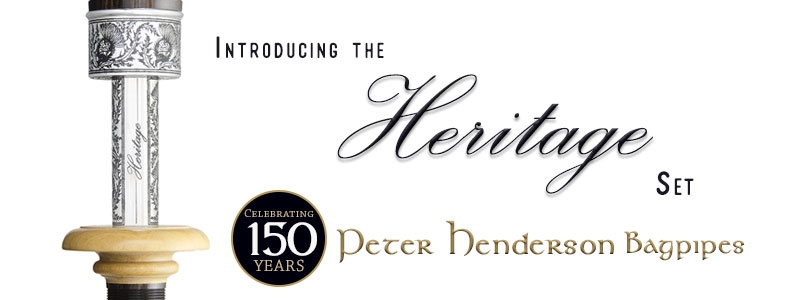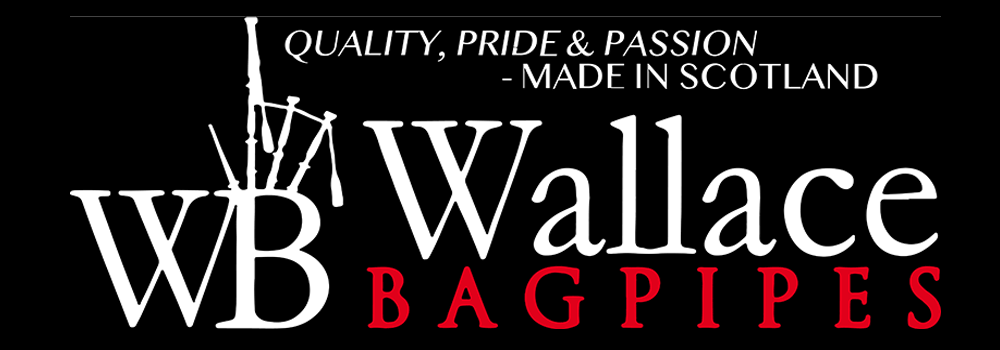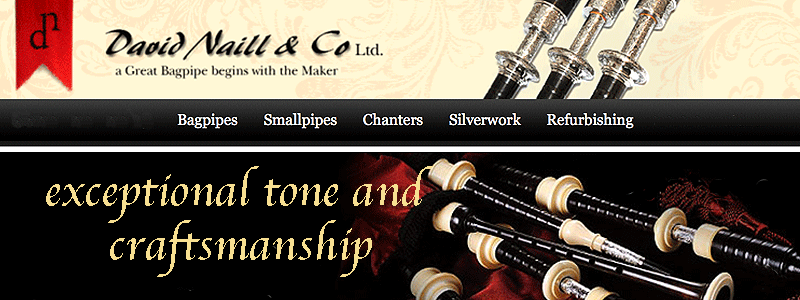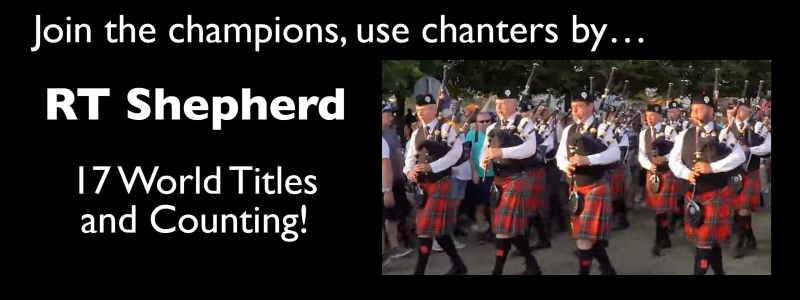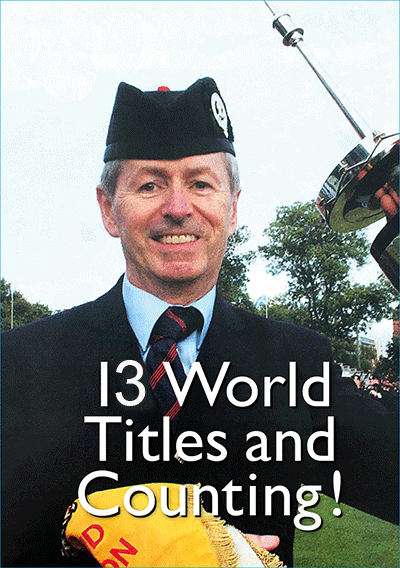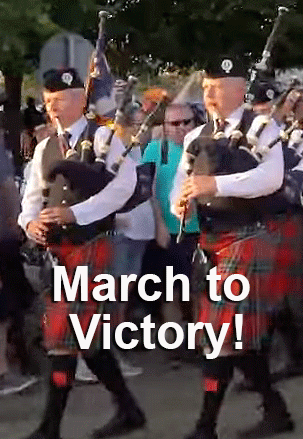‘The Athletes and Athletic Sports of Scotland’ by W. McCombie-Smith was first published in 1891 by A Gardner, publishers, of Paisley, and was described by one reviewer as ‘an honest, radical appraisal of the state of the sport of the times it would be hard to beat we feel’. The long piping section is what interests us in this magazine and we can fairly assume that McCombie-Smith, primarily an athlete, spoke to many of the leading piping lights of the time, including, possibly William MacLennan, then one of the pre-eminent pipers, before drawing his conclusions. Before we get to them here’s more on the author himself.
He was born in Aberdeenshire in 1847 and first competed in athletics aged nineteen. At that time he was 5 feet 7½ inches in height and weighed 11 stones and was credited with being the best all-round light-weight in Scotland winning competitions at hammer and ball-throwing, tossing the caber, wrestling, high jump and running. He was a first-class distance runner and hurdler and had no superior at his weight at caber-tossing, requiring, perhaps, ‘a higher combination of concentrated strength and skill than any other field sport’. In the summer of 1873 he won a total of two hundred and thirty-five prizes, including one hundred and nine firsts, forty-one seconds, and eighty-five thirds (John MacDougall eat your heart out!).
He studied to be a teacher and his first appointment was as English Master at High Harrogate College, Yorkshire, but soon returned to Scotland as Headmaster of Blackwater School in Perthshire, where he spent the remainder of his life. Besides contributing endless articles to various newspapers and periodicals, he published during his residence in Perthshire, ‘Landowners and Landowners’ Laws’, ‘Memoirs of the Family of McCombie and Thorns’, ‘The Athletes and Athletic Sports of Scotland’, ’The Romance of Poaching’, and ‘Men or Deer in the Scottish Glens’.
‘An Athletics Compendium’ describes McCombie-Smith as ‘unquestionably a 19th century athletics radical, one of the leading minds of his period. Contemptuous of the hypocrisies of the amateur movement, McCombie Smith was equally critical of the organisers of professional Highland games. He was an original thinker, advocating electric timekeeping and a cumbrous and impractical method of three attempt high jumping…
‘The Athletes and Athletic Sports of Scotland’ provides us with our clearest account of the rules, techniques, performances and competitive conditions of the Scottish Highland Games in the final quarter of the [19th] century, when they were close to their peak.This is a marvellous work, far ahead of most amateur literature of its period, providing us with a vivid picture of the origins of modern athletics….’
So back to the piping. We begin with a comment on bellows pipes…..
McCombie-Smith writes: In the South the last of the hereditary pipers of Jedburgh died in the beginning of the present century. The Jedburgh burgh pipers bore the name of Hastie, and held the post in direct succession for upwards of 300 years. There is also an improved form of the Northumbrian bagpipe still played. This has several keys on the chanter, which give it a chromatic scale. The most elaborate form of the bagpipe is the Irish bagpipe, also a bellows one. This has a full chromatic scale with a compass from D below the stave to D above it. The drones are all fixed on one stock, and have keys, which are played by the wrist of the right hand. The reeds are soft, and the tones very sweet and melodious. Like the Lowland bagpipe of Scotland, the Irish bagpipe is fast dying out.
The great Highland bagpipe, notwithstanding its limited compass and imperfect scale, is the only instrument of its kind that is maintaining its ground. The compass is from G in the treble clef to A above it – nine notes. The notes do not form a distinct scale, some of the intervals not being in accurate tune, from which, doubtless, arises much of the distaste for the music of the bagpipes expressed by those who hear it for the first time. All tunes for the great Highland bagpipe are said to be on the key of A, although they are not exactly so, but nearly so with the sevenths flat. The music for it used to be taught and written in a notation of its own [canntaireachd], but several large collections have recently been published in the ordinary notation.
The music of the great Highland bagpipe affords an endless theme for merriment and attempted witticisms on the part of our neighbours south of the borders. It is considered an indispensable guarantee of good taste for an English writer who attends a Highland gathering to be partly amused and partly terrified with the din of the bagpipes, and to express the utmost wonder that any civilised ears can find pleasure in listening to their music. A writer recently in the ‘Graphic’, mentioning the fact that Dr. Johnson delighted to stand for some time with his ear close to the drone of the Scottish bagpipe, adds in the usual style, ‘Some might say that the ear which was capable of bearing such exquisite torture could not be a musical one’.
Now this writer, like a good many others, in his eagerness to echo a popular notion, was simply showing his own ignorance. The drones of the bagpipe have reeds similar to those of the organ, and simply sound the note A, the large drone being an octave lower than the two small ones. Dr. Johnson, therefore, liked simply to hear the note A sounded as a bass through a reed in a wind instrument. If the hypercritical writer in the ‘Graphic’ were to hear, and not see, the big drone of a bagpipe sounding from a church, and was told to listen to the bass note A on the organ, he would say it was grand; were he to hear the same note from a small organ placed in the barracks of a Highland regiment, and told to listen to the big drone of the bagpipe, he would at once put his fingers in his ears and beg to be relieved from such ‘exquisite torture’. The people of Scotland, who find pleasure in listening to the music of the bagpipes, are a far more gifted race as regards poetry and music than the people of England, both taken collectively. While the refined and educated classes in England are as gifted poetically and musically as the same classes in Scotland, when we come to the bulk of the people in each nation Scotland is far ahead of England.
England has neither national songs, music, nor instruments of music. What song has England that Englishmen can join in all over the world as Scotsmen can in ‘Auld Lang Syne’, and ‘Scots Wha Hae?’ ‘Britannia Rules the Waves?’ Britain is not England, and the song was written by a Scotsman. The fiddle is a cosmopolitan instrument of music, but the Scottish people, not the refined and educated part of them, but what in England would be called the lower classes, composed distinctly national music for it – the strathspeys and reels which, unequalled as dance music, warm the hearts and bring tears of pleasure to the eyes of Scottish men and women wherever heard all over the world. Not from among the educated and well-to-do classes with plenty of leisure on their hands, but from the industrial classes has arisen the national music and songs of Scotland.
Many of the finest airs and pibrochs for the bagpipes were composed without premeditation under the influence of exultant joy, or the wildest sorrow and despair. Many a manly English heart mourned the loss of brave brothers and comrades after the Battle of Waterloo as they entered Paris in triumph a few days afterwards, but only the pipers of the 92nd Highlanders could give musical expression to their sorrow in the mournful but beautiful march they played on that occasion. An officer who served thirty years with the 42nd regiment, the famous Black Watch, wrote to Colonel David Stewart, author of ‘Sketches of the Highlanders of Scotland’, ‘before my time there were many poets and bards among the soldiers. Their love songs were beautiful, and their laments for the fallen brave and recollections of absent friends and their distant glens and rocks, have often filled my eyes with tears.’
As to the question whether people of good musical taste can appreciate the music of the great Highland bagpipe, it is a fact that people who have the keenest appreciation and intense enjoyment of the music of such composers as Mozart and Handel; of such singers as Titiens, Patti, Sims, Reeves, and Foli; and of such musicians as Joachim and Sarasate, can, at the same time, thoroughly appreciate and enjoy a pibroch or strathspey on the great Highland bagpipe by a Cameron, a McColl, or a McLennan. Perhaps the greatest musical defect of such people is that they cannot find much to appreciate in the songs and music that delight the hearts of millions of the people of England in the places of entertainment called, with pregnant irony, music halls. The music hall song has, however, an interest of its own, in that it represents the lowest depth to which, in a civilised community, the human race has fallen from an intellectual and musical point of view.
• To follow: reasons for the Highland pipe’s growing popularity in the 1890s.

